When people are asked what is the thing they would first rescue from a fire, it is usually their wedding photographs. They are a most treasured item and are an historic representation of precious moments in the story of life. Wedding photographers are therefore a sought-after niche of photography that can lead to a fruitful and rewarding career. Wedding photographers need a host of skills outside of taking photographs including technical proficiency, communication skills and an instinct for the wants and needs of the bridal party. This blog post aims to give a general overview of wedding photography while emphasising key strategies and ideas.
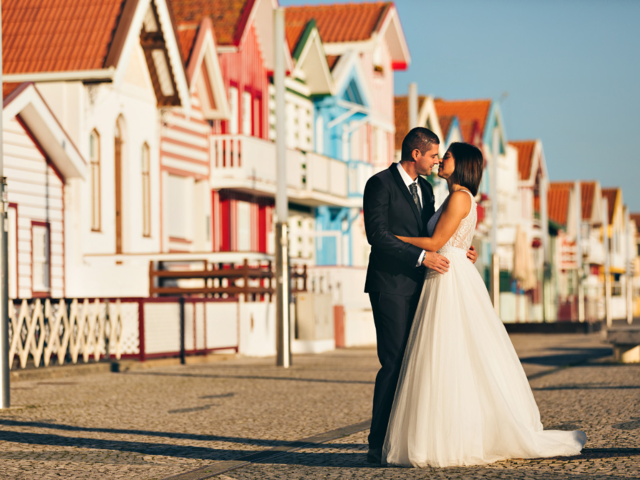
Image credit: Hugo Felix, Photography tutor, Wedding Photography.
Essential skills for wedding photographers
A successful wedding photographer will have a strong mix of skills including photographic expertise, people skills, time management and organisational abilities. They also need to be imaginative and flexible. Every wedding is different and a photographer needs to be able to respond to changes or problems.
- Technical photography skills are essential for taking high-quality pictures. These skills include composition, lighting, and camera settings. A wedding photographer needs to be able to capture candid moments as well as staged shots and will therefore need to understand their equipment well.
- Communication and interpersonal skills can help to create a relaxed environment for capturing photos of the couple and their guests. The photographer will need to practise empathy and will need to have an instinct for people’s needs. Oftentimes people are nervous or under pressure on their wedding day and the photographer needs to know how to handle different personalities.
- Time management and organisation skills goes beyond making yourself available on the day. A wedding photographer needs to understand every aspect of the wedding schedule and to organise their own shooting schedule to suit. It is the photographer's job to document all the significant moments on the day.
- Innovation and adaptability: Every wedding offers different chances to capture unforgettable moments. To create amazing images that capture the personality and style of the couple, wedding photographers must be flexible and creative thinkers.
Planning & Preparation
Effective planning and preparation are essential for a positive wedding photography experience. Here are some steps that are important to be mindful of in this process:
- The couple's pre-wedding consultation: To discuss the couple's vision, preferences, and expectations, meet with them well before the wedding day. By having this discussion, the photographer is able to comprehend the couple's distinctive style and adjust their technique accordingly.
- Investigating the location and comprehending the timetable: Visit the wedding venue in advance of the day and become familiar with the site. Make note of potential photogenic locations and prepare for any logistical issues. Examine the wedding itinerary and allot enough time for each aspect of the day. You must remain one step ahead of the bridal party.
- Creating a shot list and timetable: List all the photos you absolutely must have and create a timeline showing when each photo will be taken. Inform the couple of your intentions so they can comment and approve.
- Have the appropriate photography equipment: Make sure you have all the tools you need, including cameras, lenses, memory cards, batteries, and lighting equipment. Establish backups and emergency plans in the event that equipment fails or other unforeseen problems arise.
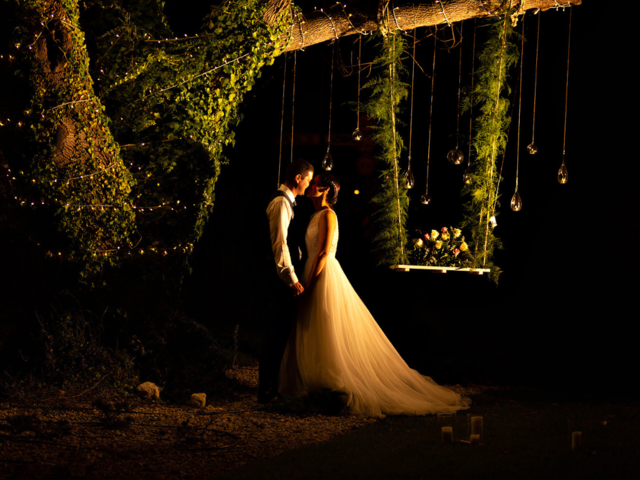
Image credit: Hugo Felix, Photography tutor, Wedding Photography.
Styles of wedding photography
There are various distinct wedding photography styles, each offering a special way of preserving the moment. In the case of the couple being unsure of the style the wish to use, consult with them beforehand and offer some trends that may help them to decide:
- Classic and posed: This places an emphasis on formal, posed portraits and traditional wedding photos, resulting in classic wedding photographs that highlight the couple and their guests.
- Photojournalistic and candid: This method focuses on capturing spontaneous, unplanned moments that provide real-life, emotive pictures that depict the events of the day.
- Fine art and editorial: This genre focuses on artistic and imaginative photography, frequently utilising unusual perspectives, compositions, and post-processing methods to produce visually striking images.
When deciding on the right style for the couple you may include a mixture of styles which you can discuss before choosing a strategy that best fits the couple’s goals and preferences.
Techniques for lighting in wedding photography
A wedding photographer may not have much control over the light available on the day so if you want to create beautiful wedding images, it's imperative to master a variety of lighting approaches. These methods consist of:
- Try to use as much natural light as possible. This will produce soft, attractive shots. When positioning your subjects, try to avoid strong shadows or direct sunlight.
- When shooting in poor light, use off-camera flash to add depth and character to your photographs. To produce more natural, diffused light, bounce the flash against the walls or ceilings.
- Trying out continuous lighting can help you capture video since you can see the light's impact in real time. LED panels are one type of continuous lighting that can be useful for this. For activities held at night or in dimly lit spaces, this kind of illumination is especially helpful.
- Light modifiers like diffusers and reflectors can be used to soften and manipulate light, giving your subjects a more even and flattering illumination.
- Use fast lenses, high ISO settings and a flash to handle low-light conditions, such as dimly lit spaces.
- Learning to balance ambient light and flash will help you to produce photos that look realistic and preserve the ambience of the setting.
To find the ideal techniques for both your style and various wedding settings, continuously practise and experiment with different lighting techniques and equipment.
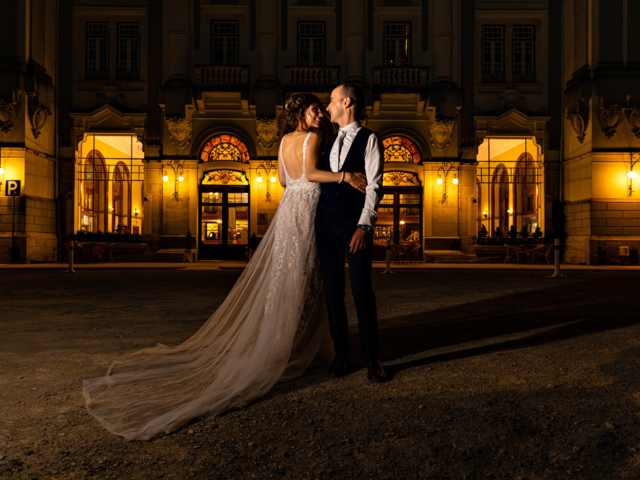
Image credit: Hugo Felix, Photography tutor, Wedding Photography.
Capturing key moments
The sole aim of a wedding photographer is to capture the most special moments of the happy couple’s day. These include:
- The couple and their wedding party's enthusiasm and anticipation as they get ready for the ceremony. Document natural moments as well as small details like the bride's gown, the groom's outfit, and other distinctive touches.
- Make sure to capture key moments, such as the processional, the vows, the exchanging of rings, and the first kiss. Be aware of the venue's guidelines and the couple's wishes for ceremony pictures.
- The joyous atmosphere of the reception, as well as the speeches, toasts, cutting of the cake, and other significant events. Don't forget to take pictures of the venue's décor and small details, as well as unposed pictures of the guests having a good time.
- Be ready to take pictures of the couple's first dance, bouquet throw, garter toss, and any other special customs or traditions that they may have integrated into their wedding day.
Post-processing and retouching
- Post-processing and editing is as important as taking the photographs. The aim is to deliver high quality images that the bridal party is overjoyed with. It will also help enhance your reputation as a wedding photographer thus leading to more work. Think about the following elements:
- Showcase a range of moments, feelings, and details in the greatest possible way by carefully reviewing and choosing the best photos from the wedding.
- To improve your images and guarantee uniformity throughout your final selection, make simple adjustments to exposure, contrast, and white balance.
- To improve your photos while preserving a realistic and natural appearance, use retouching techniques.
- Establish a unified editing approach to create a cohesive style and to generate a story of the special day.
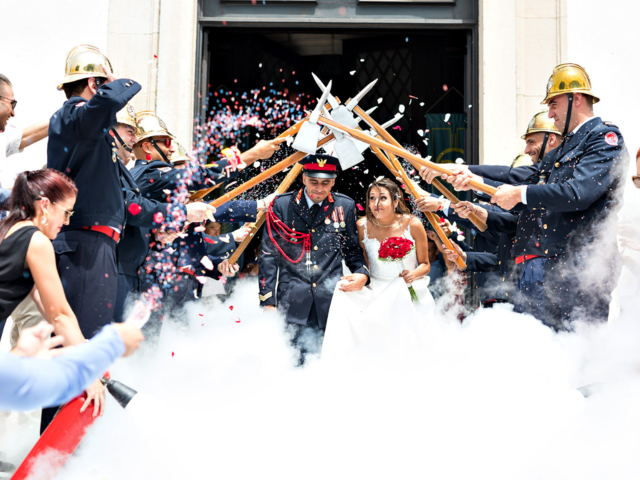
Image credit: Hugo Felix, Photography tutor, Wedding Photography.
Creating a portfolio specifically for wedding photography
In order to generate more work as a photographer, you will need to showcase your skills and talent. A wedding portfolio will demonstrate to a potential client that you are a professional and experienced wedding photographer. Your portfolio should include the following examples of your skills:
- You have expertly captured the key moments and feelings of a wedding day.
- Put your portfolio in a logical and eye-catching order to show a range of photos that showcase your sense of style, technical proficiency, and capacity for catching important moments.
- You have a unique style and approach that makes your work original and not cliched.
Business and marketing tips for wedding photographers
There is more to starting a successful wedding photography business than just capturing excellent pictures. Take note of the following marketing and business tips:
- Networking with other professionals in the wedding industry: Develop connections with wedding coordinators, venue managers, and other suppliers to get referrals and raise your profile in the sector.
- Social media and online visibility: Use social media sites and build a credible website to present your work, network with new clients, and generate leads.
- Price and packages: Create affordable pricing and offers that take into account your qualifications, degree of experience, and the value you offer customers. Be open and honest with your offers, and be willing to bargain.
- Customer endorsements and recommendations: Encourage happy customers to endorse you and recommend you to their friends and relatives. For wedding photographers, positive word-of-mouth can be a valuable marketing strategy.
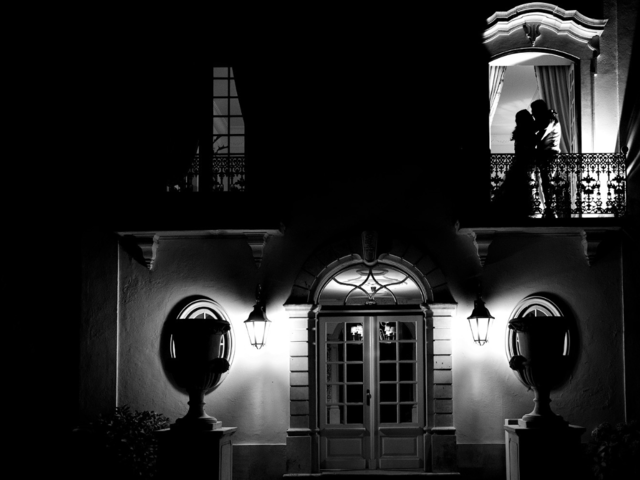
Image credit: Hugo Felix, Photography tutor, Wedding Photography.
Wedding photography is a rewarding field that calls for a blend of technical proficiency, originality, and superior interpersonal skills. To outshine the competition and to achieve success, it is important to place emphasis on preparation, learning different photography styles and lighting approaches, catching important moments, and honing your post-processing abilities. Sharing the joy of a happy couple on their wedding day is an enriching and joyful way to make a living. Building a wedding portfolio and employing marketing techniques will enhance your chances of standing out from the crowd.
Our comprehensive courses are created to help you learn techniques and release your creative potential so you can elevate your photography skills. Enrol now to turn your passion into a rewarding career!
This blog post features photographs by our talented tutor, Hugo Felix. Read more about our amazing tutor, Hugo here.


